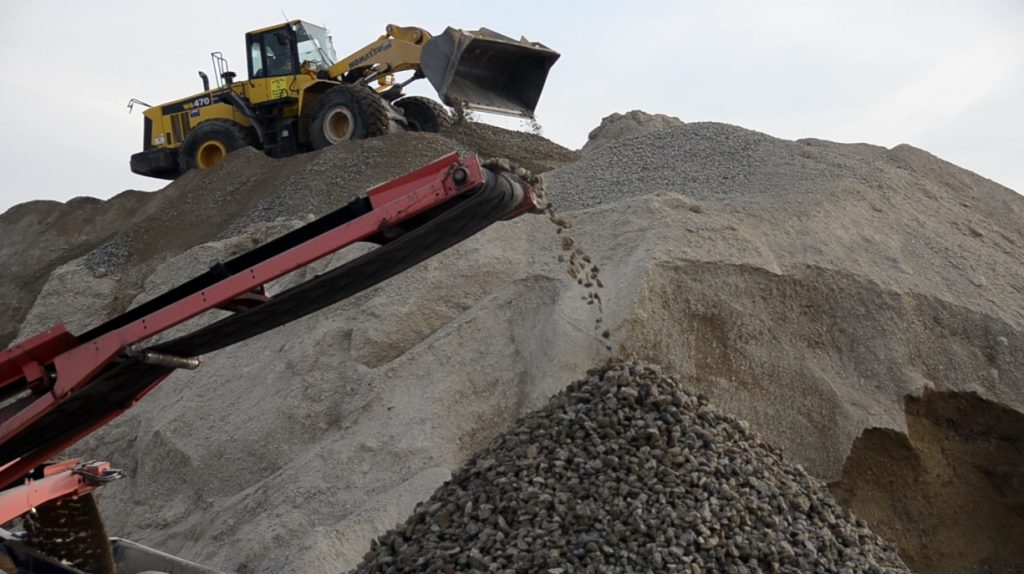The buildings must be built to resist the strong forces of earthquakes. Metals that can withstand ductile forces are preferred, as they allow buildings to bend in lieu of breaking.
Shear walls, diaphragms and cross braces are nifty techniques that distribute forces within an structure in the event of a shake. Another technology, such as moment-resisting frames enable beams and columns to move but their joints are stiff, which allows them to absorb energy from seismic shaking.

Strengthening the structural integrity of seismic zones
For structures constructed in regions that are prone to earthquakes, flexibility becomes the most important factor to consider. Concrete, steel, and wood offer greater flexibility over unreinforced brick walls, which tend to break under pressure and may not be suitable for buildings that are earthquake-resistant. A roof that is lightweight can reduce the amount of stress on a house during an earthquake.
Earthquake-proof buildings may be reinforced by using a variety of design methods and advanced construction materials. Cross bracing may be one method to move seismic waves off walls and floors directly onto the ground. To protect a structure from forces of vibration, damping mechanisms and energy dissipation are placed between the foundations of the building and the earth.
Researchers are working on developing new sorts of materials that are able to further enhance seismic resistance in constructions, like form memory alloys made of metal which retain their shape in the face of stress, and carbon-fiber wraps to strengthen structural elements and da hoc. Engineers at the University of British Columbia recently developed an eco-friendly, fiber-reinforced cementitious compound that is able to significantly enhance the ductility and strength of current concrete and brick structures in the form of a thin coating on their surfaces.
Material Common for Buildings Resistant to Earthquakes
Architectural and engineering professionals recommend using materials for construction which are earthquake-proof for construction in areas with seismic activity. There is a possibility of retrofitting older buildings or build new ones from the right materials and designs. resilient to earthquakes.
The best advice is to construct using concrete and steel. These materials are able to take the force of earthquakes and bend it, instead of breaking the building and potentially crushing the people inside.
Wood and foam are also good materials for a building that can provide a great amount of resistance. These materials are often used to create a structure known as “base isolation” that separates the structure from its foundation by use of runners or springs that permit the building to move, but without putting strain on the foundation of the structure. Crossbraces, shear walls and diaphragms are other techniques that can increase the resistance to seismic. They are used to distribute force caused by vibrations within the structure of the building.
Seismic resistant structures for building
Engineers use other approaches to design seismic-resistant homes as well as buildings. Diaphragms are used in floors and on roofs to distribute sideways forces. They aid in the absorption of earthquake energy.
Another option is to design structures made of ductile materials which can withstand plastic deformations without structural failure when an earthquake occurs. These parts, which are mostly made of steel dissipate seismic waves by absorbing and then distributing their energy.
Engineers are also exploring sustainable building materials such as the sticky yet rigid fibrous bamboo and mussels along with 3D-printed shapes that combine and offer a flexible design for earthquake-resistant structures. Researchers from the University of British Columbia developed a fiber-reinforced composite called eco-friendly ductile cementeditious composite that is malleable and ductile as opposed to traditional reinforced concrete. It can transform its form under pressure and can be used make seismic-resistant walls, floors and ceilings.
Building materials are crucial. that resist earthquakes
Earthquakes are a major risk for people who live in earthquake-prone regions, but building structures can be strengthened and protected from this catastrophe. In order to make buildings seismic-proof, a variety of techniques are employed. These include diversion or reduction of the force of a seismic wave. A ductile cementitious composite, for example, can strengthen concrete and even improve the resistance of bricks to the horizontal strain.
There are other methods to consider, such as using shear walls for transferring energy, cross bracing in order to limit lateral forces and even designing floors that act as diaphragms, which take in energy and then disperse it to strong vertical structures. The use of moment-resisting frame is another important part for strengthening the structure to ensure that it won’t fall during a seismic event.
New construction techniques have proven that this traditional assumption is not the only one to be believed. Metals and lighter substances may be more durable as compared to concrete and bricks. The materials are flexible, and even change their shape during earthquakes.